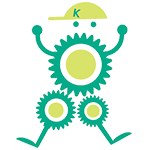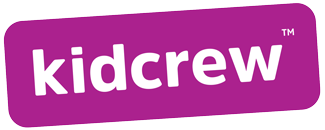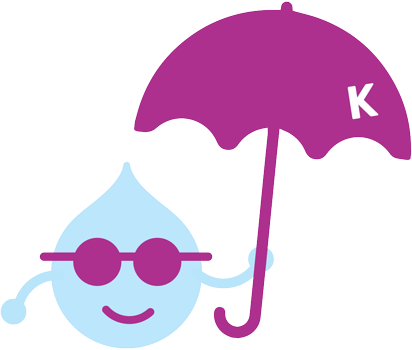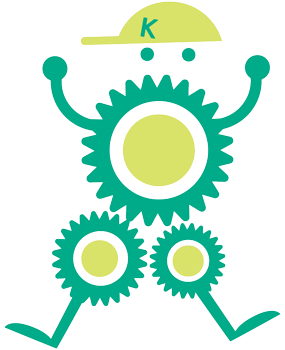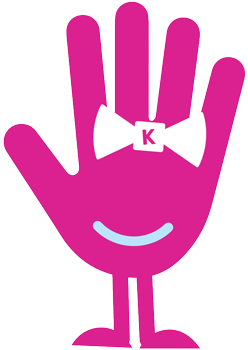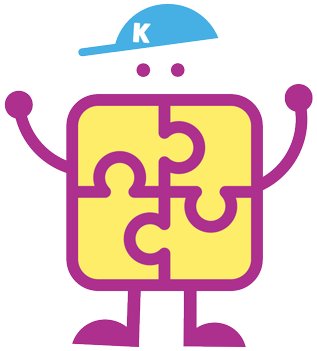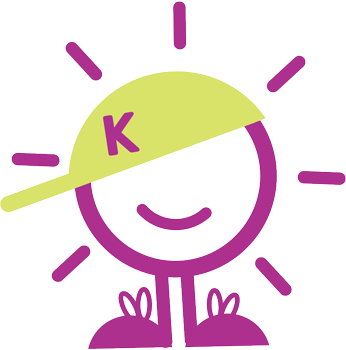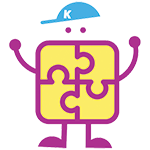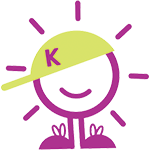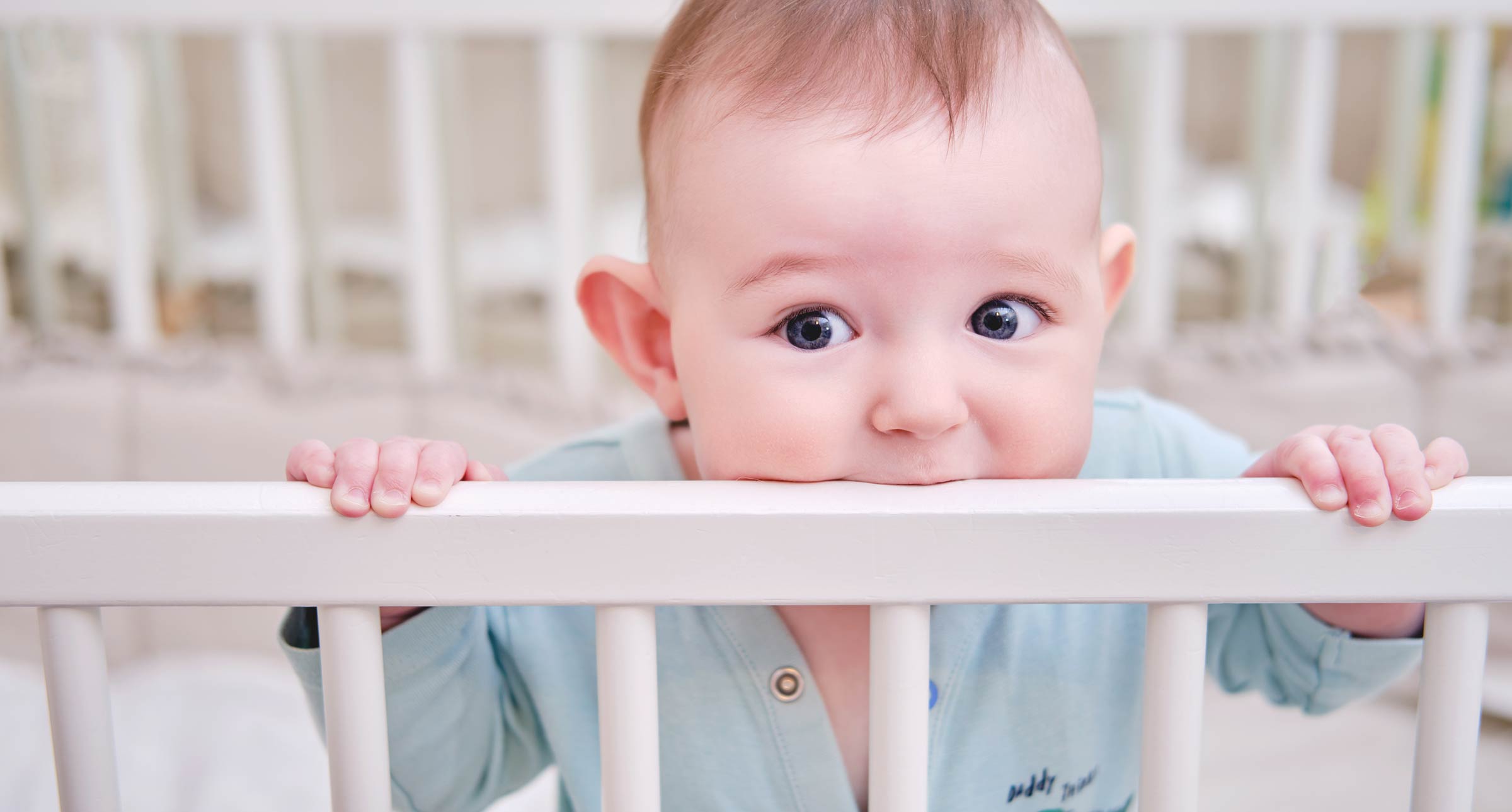What is plagiocephaly (baby head shape flattening)?
Plagiocephaly is a fancy term for flat head syndrome. There are actually 2 types: plagiocephaly (where one side of the head is flatter than the other, commonly associated with torticollis), and brachycephaly (flat head across the whole back of the skull). Babies are susceptible to changes in the shape of their head when they are first born as the bones of the skull are soft and have not fused yet.
Read more on Dr. Dina’s Blog – Strange baby Head Shape
Why does Plagiocephaly happen?
In 1992, the American Academy of Pediatrics introduced the “Back to Sleep” campaign to reduce the risk of SIDS. What is SIDS? Sudden Infant Death Syndrome. While this program has dramatically reduced the risk of SIDS, plagiocephaly and brachycephaly dramatically increased. Babies spend more time on their backs, and tend to be less comfortable on their stomachs. Asymmetries in head shape can also be a result of the baby’s position in the womb or birth canal.
What is torticollis?
Torticollis is an imbalance in muscle strength and range of motion, causing one side of the neck to be tight. This leads to a preference for looking to one side and a head tilt.
Read more on Torticollis And Plagiocephaly – Achieving The Best Baby Head Shape
Why does it happen?
Most cases of torticollis are congenital, meaning that the baby was born with it and is likely a result of position in the womb. Other causes can be mild trauma during delivery, or positioning in the first few weeks of life. Most often parents don’t notice that everything is on one side of the baby’s world (toys, mobile, turning to look at mom and dad, etc.) and the preference to look to one side causes a strength imbalance.

What can I do?
Torticollis Treatment and Prevention
The best way to ensure that your child doesn’t develop torticollis is to first take a survey of their environment.
For example, do they always have to look to the same side to see you from their bassinet/crib? Are all the interesting toys always on one side? Does their big brother or sister sit on that same side all the time?
Try changing the surroundings to encourage your baby to look the other way. This can mean alternating which end of the crib their head is facing, having family members sit on opposite sides to encourage baby to look to the non preferred side, and placing all toys to the non preferred side.
If the preference doesn’t appear to improve, ask for a consult with a pediatric physiotherapist who can instruct simple stretching and strengthening exercises to help with the muscle imbalance.
Preventing and treating Plagiocephaly?
Encouraging tummy time and decreasing time spent on the back when awake is the best way to prevent the head from flattening.
When baby is awake, encourage tummy time right away by having them lie on your chest, or use a rolled up towel underneath their underarms and chest. Doing tummy time on an incline (such as an angled cushion) can also make it easier by decreasing the amount that baby has to fight gravity to lift his or her head. Other positions to try while baby is awake are side lying (supported by rolled up blankets if necessary, with supervision), wearing baby in a carrier, or supported sitting. If you are concerned about the shape of your child’s head, speak to a pediatric physiotherapist for specific recommendations based on your child’s needs. In rare cases a plagiocephaly helmet may be recommended by your doctor.
